Lexus LF-ZL, LF-ZC Concept EVs Revealed at Japan Mobility Show 2023
Both the Lexus LF-ZL and the LF-ZC sit on a new EV architecture formed through a manufacturing technique called gigacasting. The architecture features high-performance prismatic battery cells.

Lexus has brought two premium electric car concepts to the Japan Mobility Show 2023, which is being held in Tokyo from October 25 to November 5. The two concepts are the LF-ZL and the LF-ZC. The former previews the brand's future flagship EV that will use Lexus' next-generation Arene OS with advanced AI features, while the latter gives us a sneak peek at the electric saloon that is due to launch in 2026, and looks production-ready. However, it remains to be seen when a production vehicle based on the LF-ZL will arrive. The LF in their names refers to 'Lexus Future', which has been used by the firm for its concept cars. Both the Lexus LF-ZL (Lexus Future Zero-emission Luxury) and the LF-ZC (Lexus Future Zero-emission Catalyst) are built on a new EV architecture that will underpin future battery-powered electric vehicles from Toyota and Lexus.
That said, the common architecture consists of next-generation prismatic batteries for 'improved energy efficiency', a flat floor, and a panoramic roof. Toyota's premium brand, Lexus, uses a new 'gigacasting' production process to form the modular structure, which splits the vehicle into three parts - front, centre, and rear. This 'provides greater freedom of form, while the integration of parts also increases rigidity, for linear and natural vehicle dynamics', says Lexus.
It seems that Toyota is not alone in following Tesla's breakthrough manufacturing technique. Hyundai Motor, General Motors, and affiliates of China's Geely (Zeekr, Volvo, and Polestar) are either using this technology or planning to use it.

Also Read: Toyota FT-3e, FT-Se Concepts Unveiled at 2023 Japan Mobility Show
Lexus LF-ZL, LF-ZC: Range
Both concepts are equipped with 'next-generation prismatic high-performance batteries' located in the centre of the vehicle. As a result, the top-spec version of the LF-ZC will offer a claimed range of 1,000 kilometres, while the company has yet to reveal the driving range of the LF-ZL. But, it did say that the prismatic batteries aim to achieve 'approximately twice the range of conventional BEVs'.
Lexus LF-ZL, LF-ZC: Interior, Features
Another highlight is the addition of the Arene Operating System to the LF-ZL concept, which, Lexus says, will 'provide an unprecedented experience in terms of vehicle driving dynamics'. The brand's new software tech combines OTA updates and advanced AI (artificial intelligence) features. AI in the LF-ZL aims to 'enhance the connection between occupants and their surroundings'. Lexus said, "When drivers point to objects or places of interest during their journey, the car's display promptly delivers information along with voice guidance". This is made possible with the help of the car's onboard sensors, which work in conjunction with digital data from the surroundings. Even the production-spec LF-ZC is expected to use the firm's Arene OS, although the company has yet to make an official announcement.
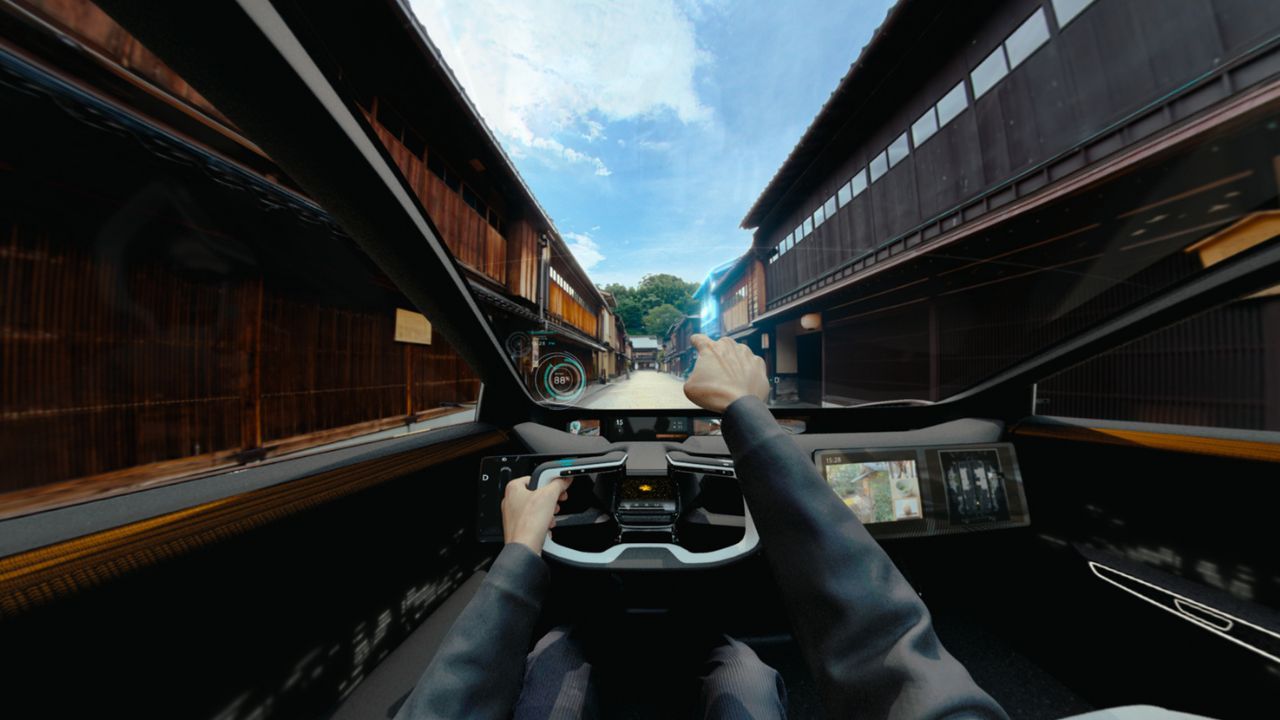
Other than that, the Lexus LF-ZL and the LF-ZC feature a steering yoke for the driver, suggesting the use of a steer-by-wire system. Meanwhile, the main controls have been consolidated into the digital pad. The left digital pad is used to control functions like shifting, ADAS, and drive mode selection, while the right pad controls the infotainment and AI functions. The concepts also utilise a next-generation voice recognition system as well as exploit developments in the AI sector.
Lexus LF-ZL, LF-ZC: Dimensions, Design Elements
In terms of dimensions, the LF-Z; measures 5,300mm in length, making it longer than the Lexus LM MPV (5,130mm). The width and height stand at 2,200mm and 1,700mm, respectively. This concept offers a 3,350mm-long wheelbase, allowing for greater interior space. The LF-ZL appears to borrow design cues from the existing RZ 450e, however, certain visual elements have been reimagined to set this vehicle apart from others. Most prominent is its redesigned grille, sleek and sculpted body, long bonnet, as well as a well-rounded cabin area.
The smaller Lexus LF-ZC, on the other hand, stands 1,390mm tall and measures 4,750mm in length and 1,880mm in width. It features a wheelbase of 2,890mm. The design highlights include a sleek silhouette, a low-slung hood, a Lexus' trademark 'spindle grille', flared rear wheel arches, as well as integrated aerodynamic elements such as air intakes and outlets. The aer-optimised design is claimed to have a drag coefficient of approximately 0.2.
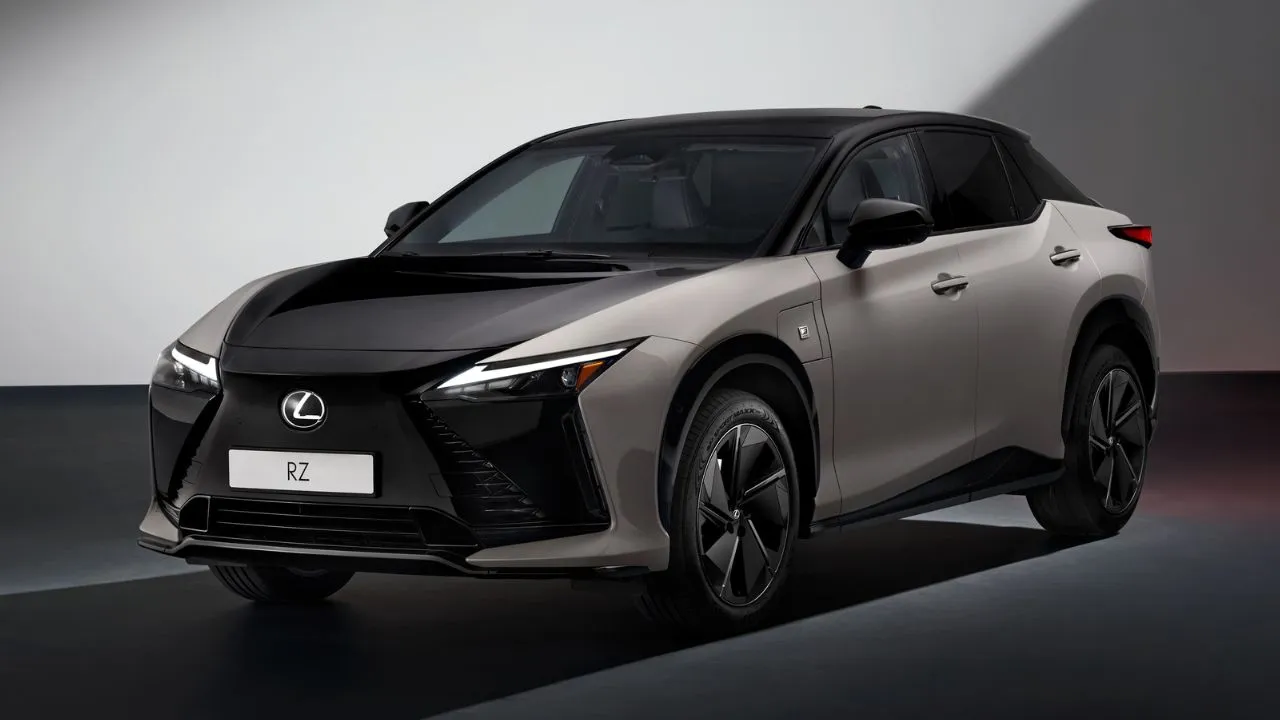
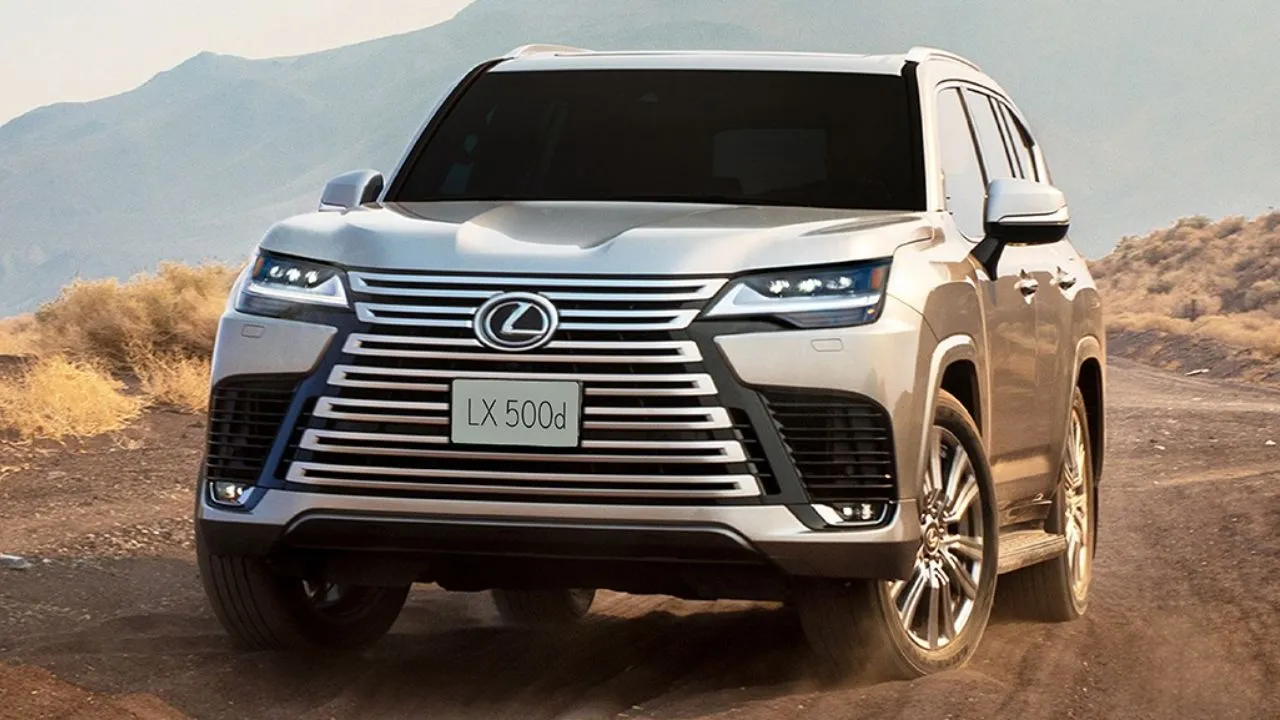
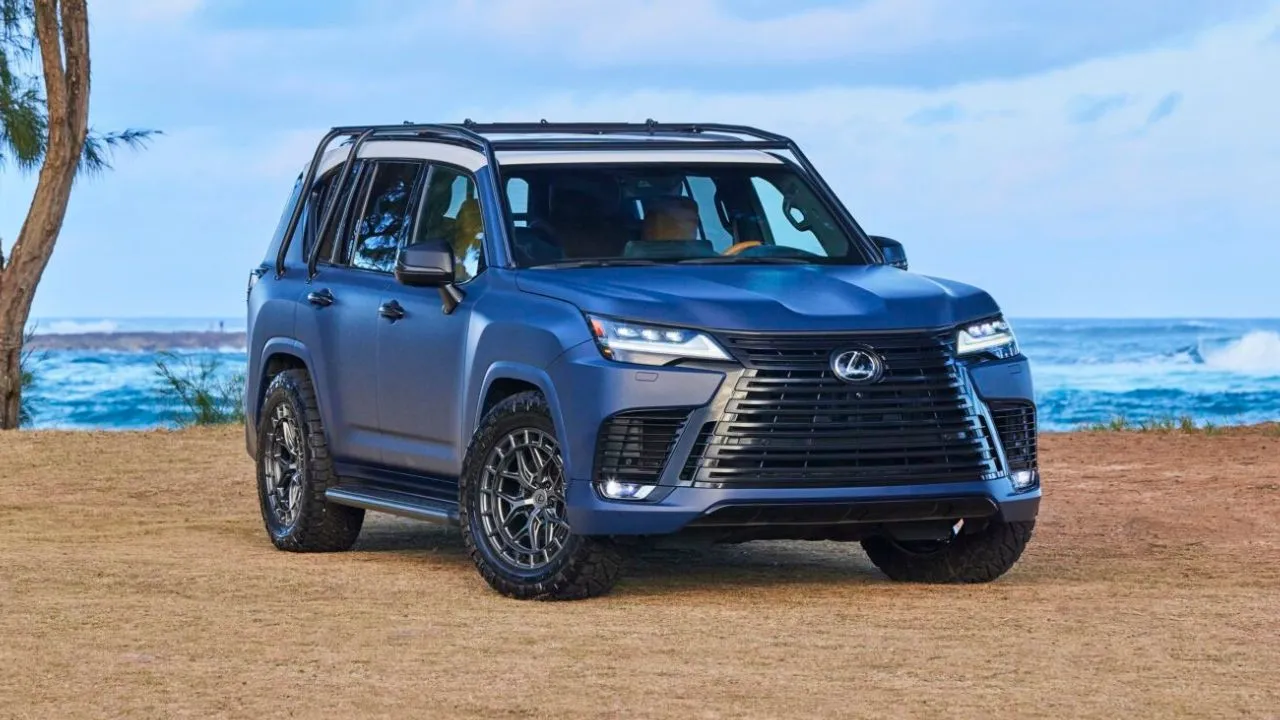
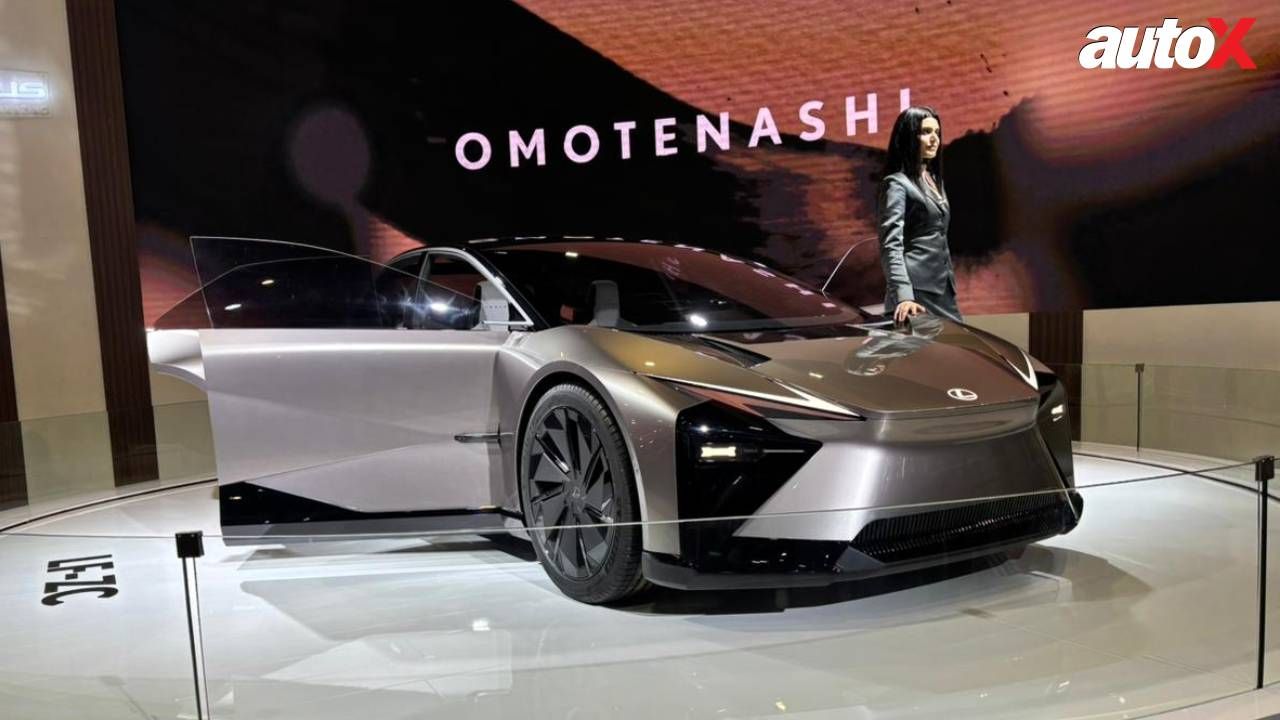

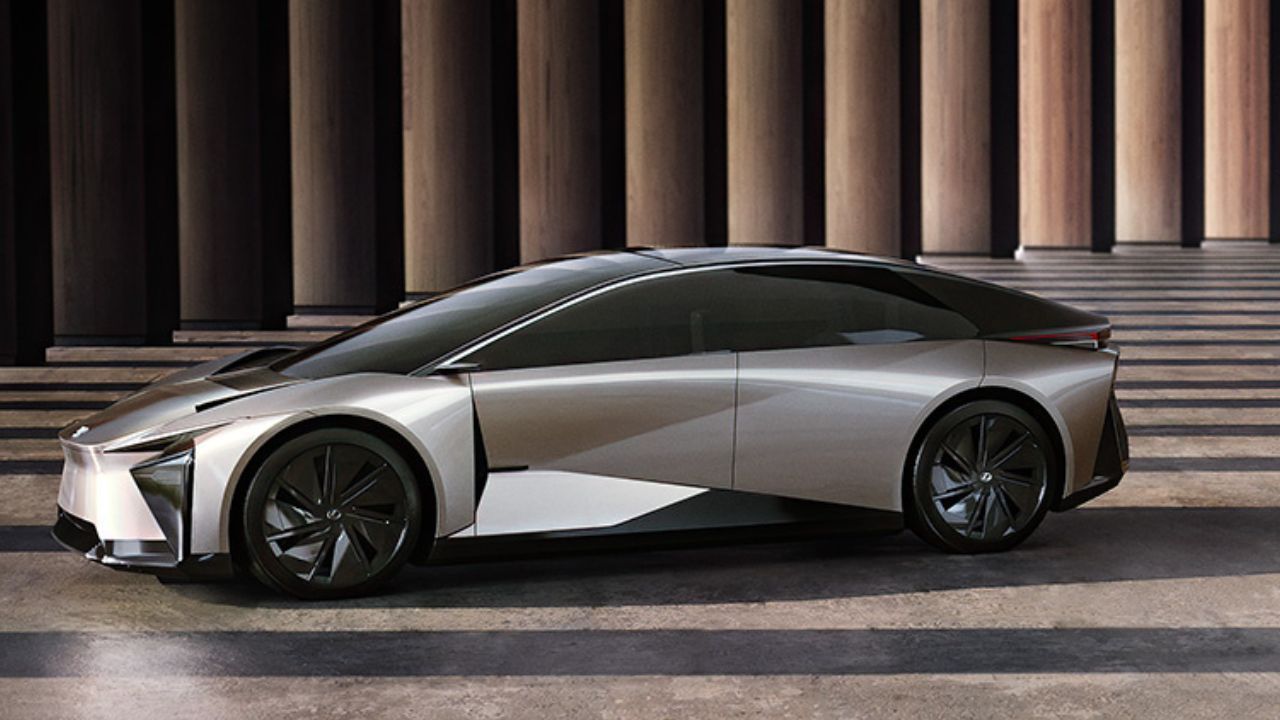
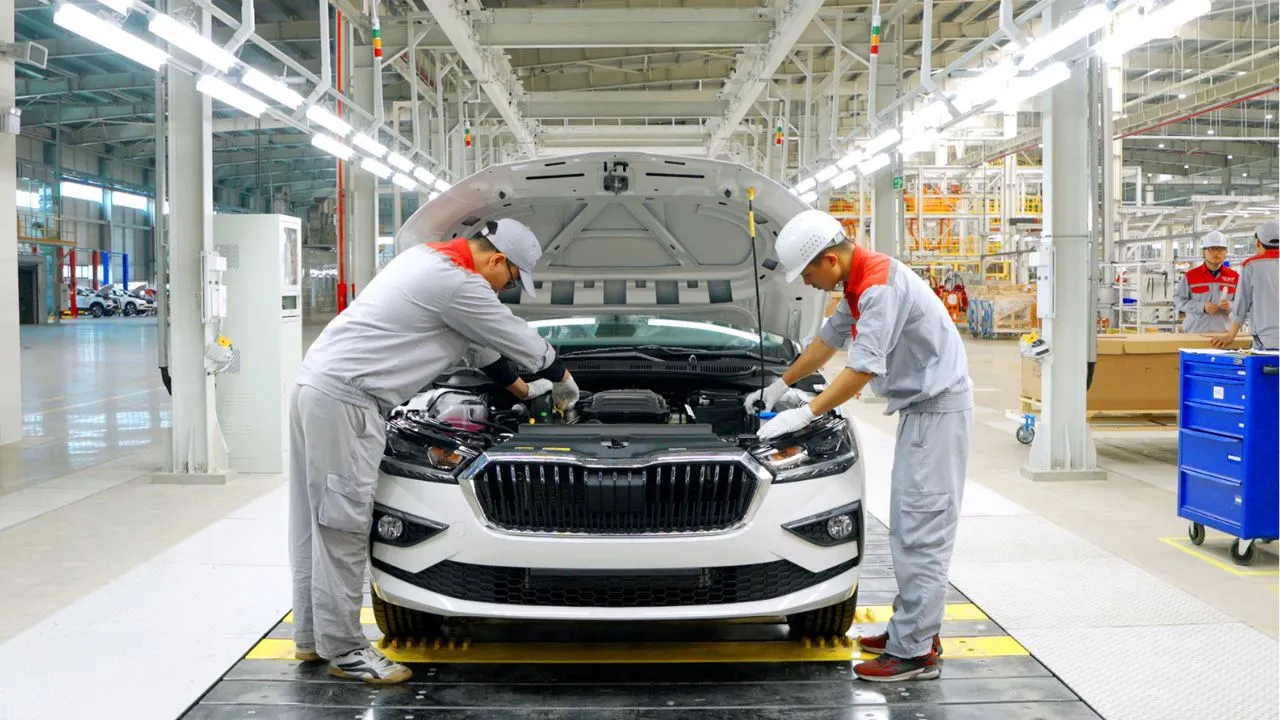

.webp)
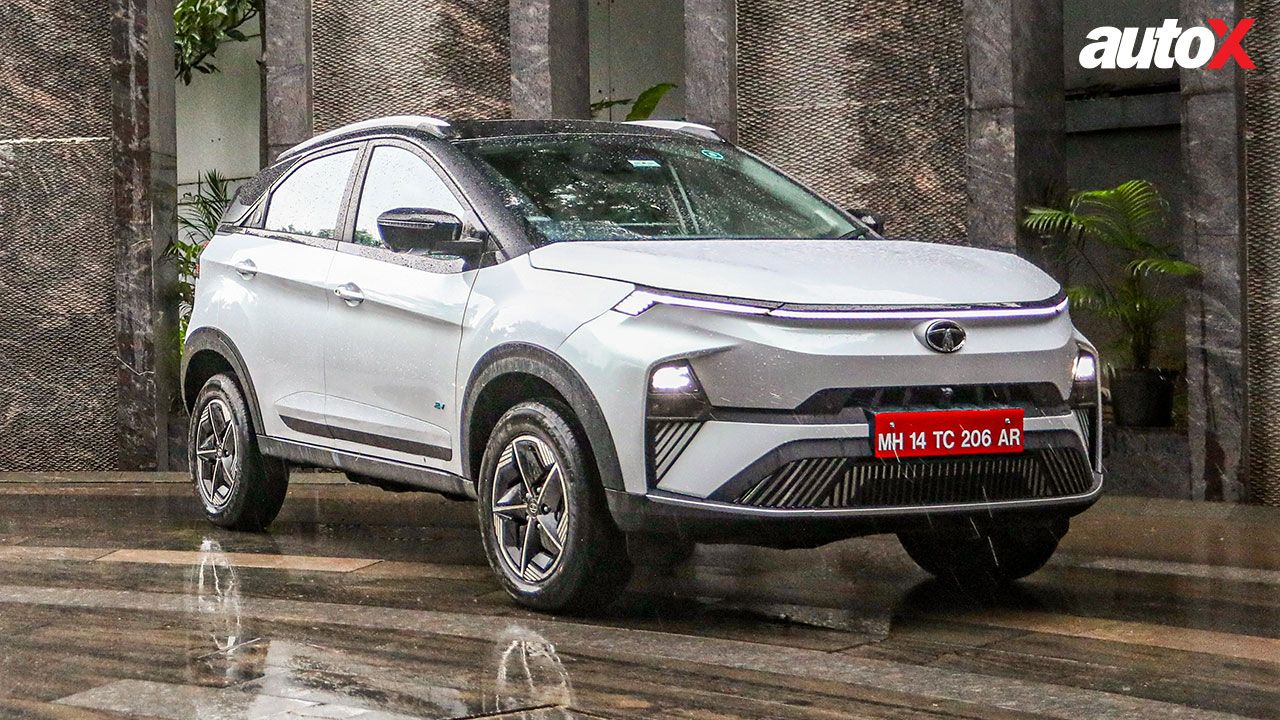




















Write your Comment on